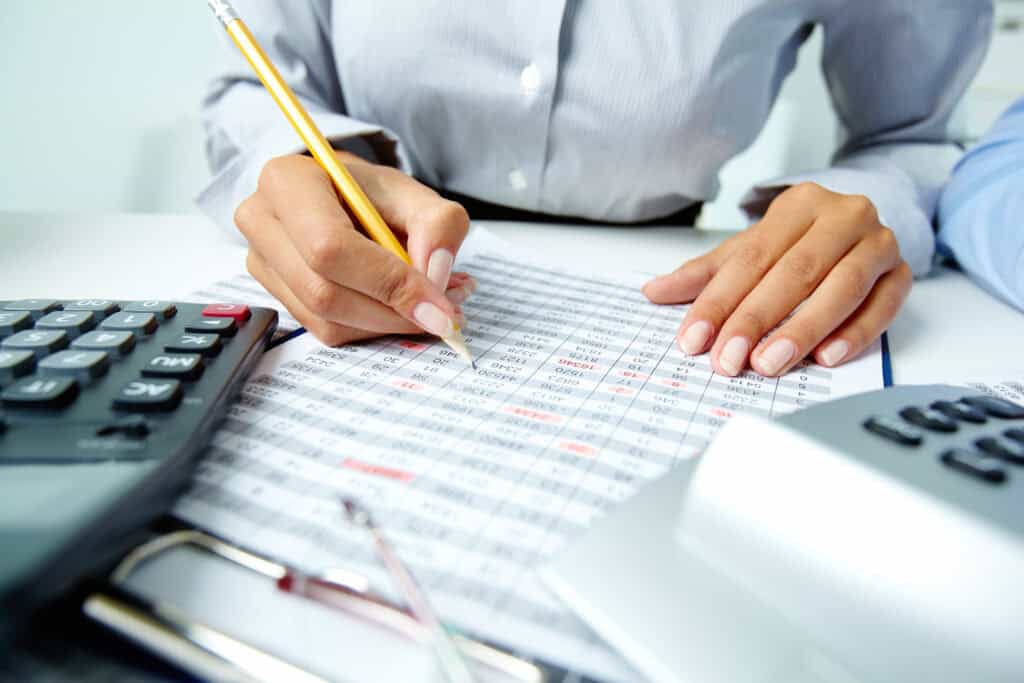Changes to US Expat Taxes in 2023
December 29, 2022 | Featured | 4 minute read
Expat Tax Blog. Tax Tips for US Americans abroad.
Updated November 14, 2024
 All blogs are verified by Enrolled Agents and CPAs
All blogs are verified by Enrolled Agents and CPAs
Updated November 14, 2024
Every year, the IRS makes changes to our US tax system. As an American living outside the United States, some of the changes may affect you differently than how they could affect someone living in the US. At MyExpatTaxes, we want to ensure you’re always up to speed with the latest rules, deductions, and possible refunds. That’s why we’ve put together this list of the seven most significant changes you’ll see in US expat taxes in 2023.
1. The Standard Deduction is Going Up
As usual, the standard deduction is being raised again in 2023. Here’s a quick table to see how much you can deduct from your taxes this year.
As a hint for our married expats: If you are not married to a US Citizen, chances are good you’ll want to file Married-Filing-Separately. Filing this way leaves your spouse’s finances off your US tax return. The only catch is you’ll need to file if you’ve made as little as $5 in 2022. You won’t necessarily owe US taxes, but you do need to file a return!
Under 65? Here’s your Minimum Income Threshold to Determine if you need to file Taxes:
| Filing Status | Minimum Income Threshold |
|---|---|
| Single | $12,950 |
| Married-Filing-Jointly | $25,900 |
| Married-Filing-Separately | $5 – Yup. This one isn’t budging. |
| Head of Household | $19,400 |
| Widow/Widower | $25,900 |
Born on or before January 1, 1958? Here’s your Minimum Income Threshold for filing for 2023
| Filing Status | Minimum Income Threshold |
|---|---|
| Single | $14,700 |
| Married-Filing-Jointly (one spouse is over 65) | $27,300 |
| Married-Filing-Jointly (both spouses are over 65) | $28,700 |
| Married-Filing-Separately | $5 – Still not budging. |
| Head of Household | $21,150 |
| Widow/Widower | $27,300 |
Self Employed?
Even though the standard deduction does apply to you, your filing threshold is a lot lower. Whether you are working inside or outside the United States, anyone self-employed must file a US tax return if their net earnings for 2022 reach $400.
2. The FEIE Maximum is Increasing for Expat Taxes in 2023

Yes! The amount of Foreign Earned Income you can Exclude on your 2022 tax return is increasing again. When filing your expat taxes in 2023, you’ll be able to exclude up to $112,000. That’s right. You won’t pay a cent for your first $112,000 of foreign-earned income if you’re eligible for the full exclusion.
According to surveys done by Democrats Abroad, the vast majority of Americans who live outside the US earn within the FEIE limit. Thanks to the FEIE, most Americans abroad won’t owe any US taxes on their salaries earned abroad.
3. Tax Brackets are Adjusting for Inflation
The IRS uses tax brackets to determine the percentage to tax your total income. This allows the IRS to tax higher earners at a higher rate and lower earners at a lower rate.
In 2023, no changes will be made to tax rates themselves. However, the income limits within each bracket have increased. Once again, the increase is to adjust for Inflation.
The following is a table with each bracket and the minimum income associated with that bracket. You’ll notice there are two different income amounts. The first is the threshold for Single Filers, and the second is for couples who are Married and Filing Jointly.
| Tax Rate | Threshold for Single Filers | Threshold for Married-Filing-Jointly |
|---|---|---|
| 37% | $539,900 | $647,850 |
| 35% | $215,950 | $431,900 |
| 32% | $170,050 | $340,100 |
| 24% | $89,057 | $178,150 |
| 22% | $41,775 | $83,550 |
| 12% | $10,275 | $20,550 |
| 10% | $10,274 or less | $ 20,500 or less |
| Expat Tax Tip! These are the tax brackets for federal taxes. Depending on the state you are or were a resident of, you may owe state taxes! Yes, even if you live abroad! |
4. Additional Child Tax Credits are Changing in 2023
Last year we saw some big wins for parents thanks to some temporary provisions aimed at helping families as part of the American Rescue Plan. In 2023 we will go back to more traditional formatting for the Additional Child Tax Credit.
First, let’s start with the positive.
In 2023, parents can claim up to $2,000 per eligible child. Of which, the majority is refundable. If you don’t owe US taxes, you could receive up to $1,500 per child as a tax refund. That’s up from $1,400 last year.
Next up are the two big things changing back.
First, to claim the tax break, eligible children must be under 17 years old in 2022. That’s back to standard practice from last year’s temporary age increase to those under 18.
And second, the increased deductible amount introduced in 2022 is no longer applicable. Instead of the possible $3,600 per child offered for 2021, parents can now claim just $2,000 for 2022.
This isn’t a significant loss for expat taxes in 2023. Since it didn’t apply to parents who live outside the US for more than half of the year, it didn’t apply to most expats anyway.
5. Child Care Expenses are no longer Refundable
Staying on the topic of family tax breaks, let’s take a look at Child Care Expenses. Last year, parents living in the US for the majority of 2021 were eligible to claim certain expenses associated with child care as a refund. When filing your 2022 tax return this year, you’ll see that these expenses return to a deduction only.
The total deductible sum is now a maximum of $3000 instead of the $8,000 that was available for 2021. Again, as expats, this is a minor change since you had to spend most of your time living inside the United States to claim the refundable amounts for 2021.
6. No Charitable Contribution Deduction outside of Itemized Deductions
Starting with the tax year 2020, we saw an option to deduct up to $300 ($600 for MFJ) of charitable contributions. The deduction was in ADDITION to the standard deduction. While the IRS has not openly announced it like other changes, we have seen this deduction line REMOVED from the forms for this year’s filers. Therefore, there is no longer an option to deduct charitable contributions unless you itemize your returns.
7. The Gift Exclusion Limit is Increasing
Last on our list are changes made to the gift exclusion. For gift givers, the annual gift exclusion will increase to $16,000 for gifts given in 2022. Are you looking to give a gift in 2023? Then you will be able to exclude up to $17,000.
Additionally, there is an increase in the exclusion amount for estates. The basic exclusion for estates of descendants who died in 2022 will be up to $12,060,000. That’s an increase from the $11,700,000 that was excludable for 2021.

Written by Nathalie Goldstein, EA
Nathalie Goldstein, EA is a leading expert on US taxes for Americans living abroad and CEO and Co-Founder of MyExpatTaxes. She contributes to Forbes and has been featured in Forbes, CNBC and Yahoo Finance discussing US expat tax.
December 29, 2022 | Featured | 4 minute read









